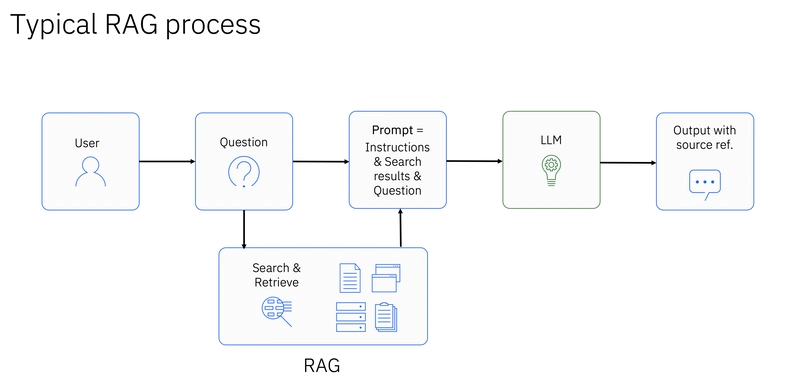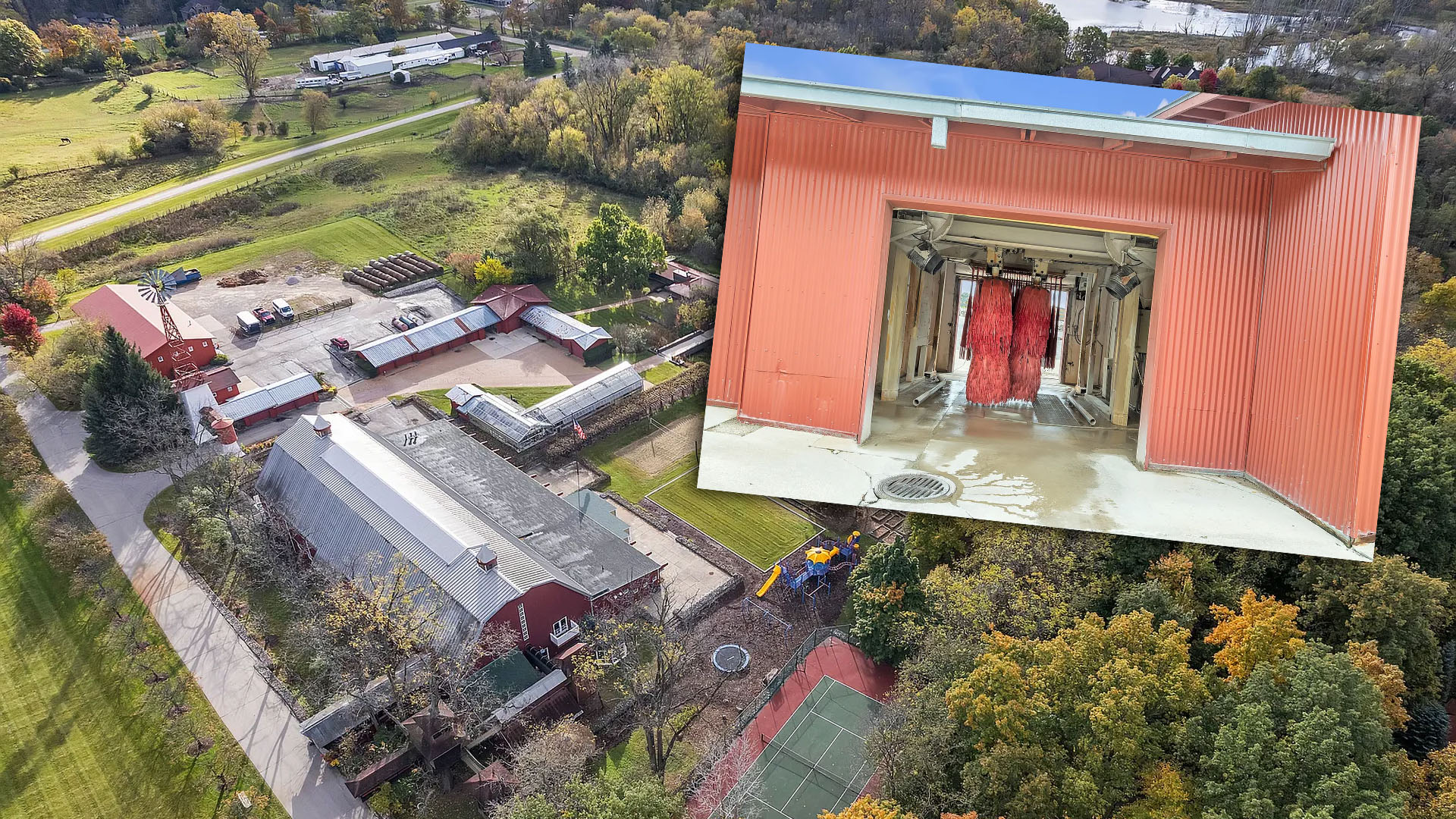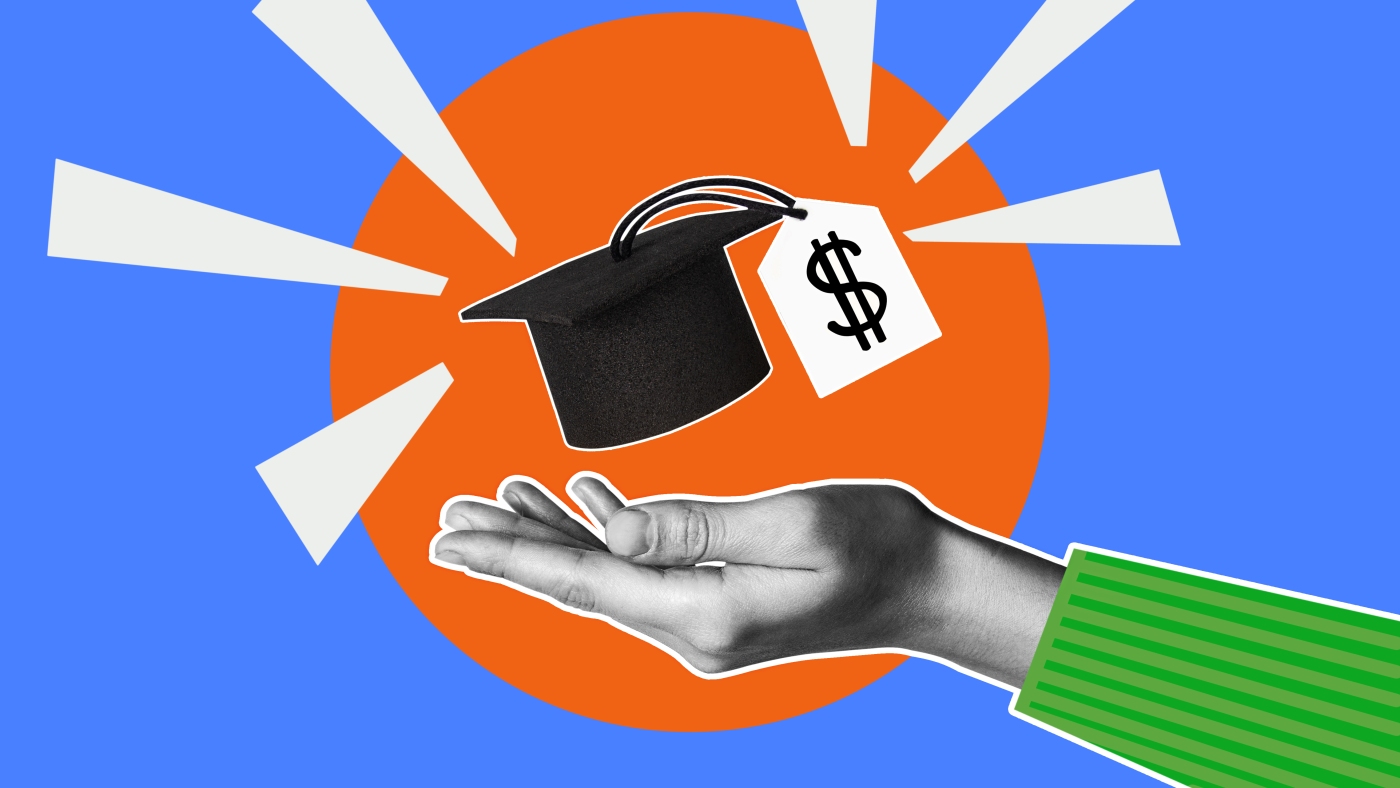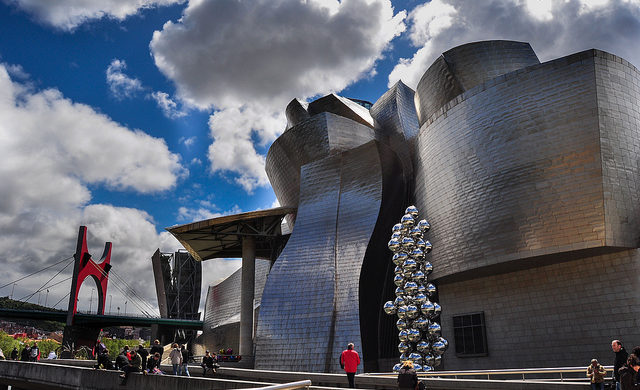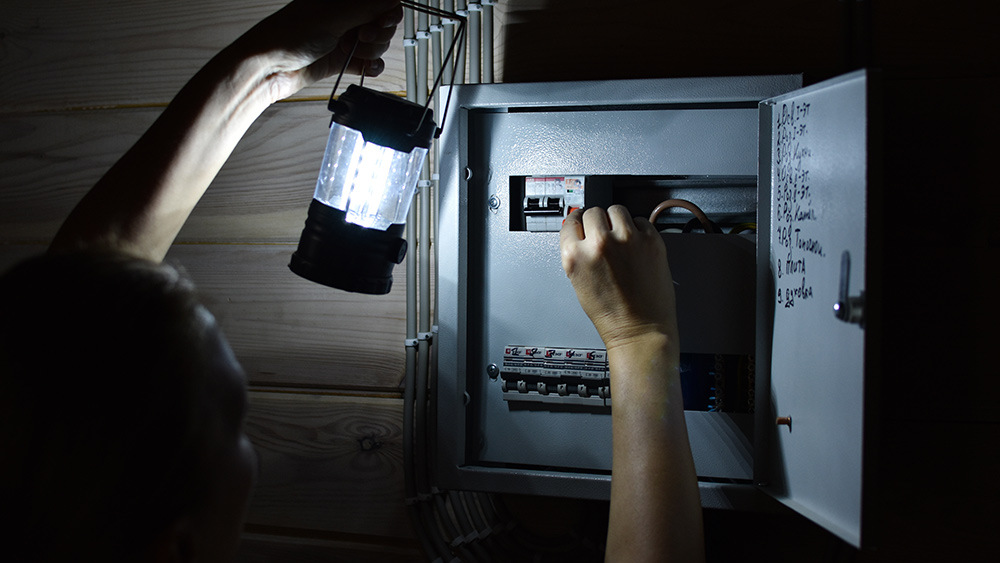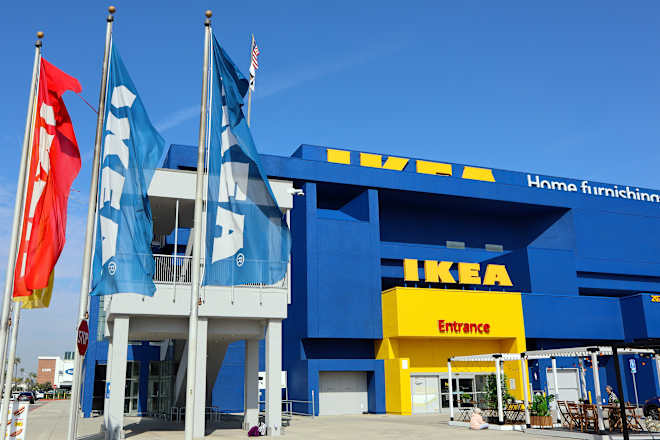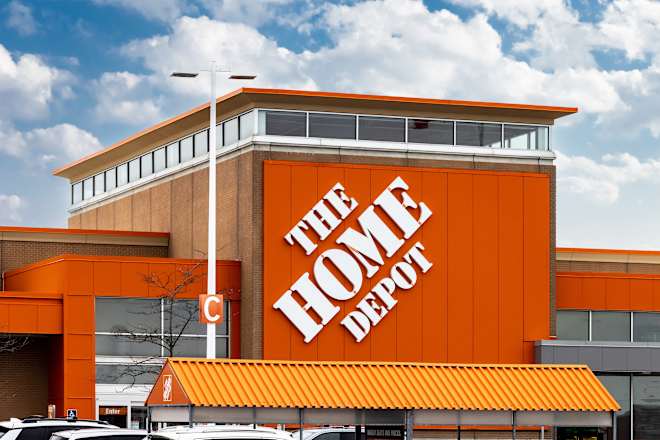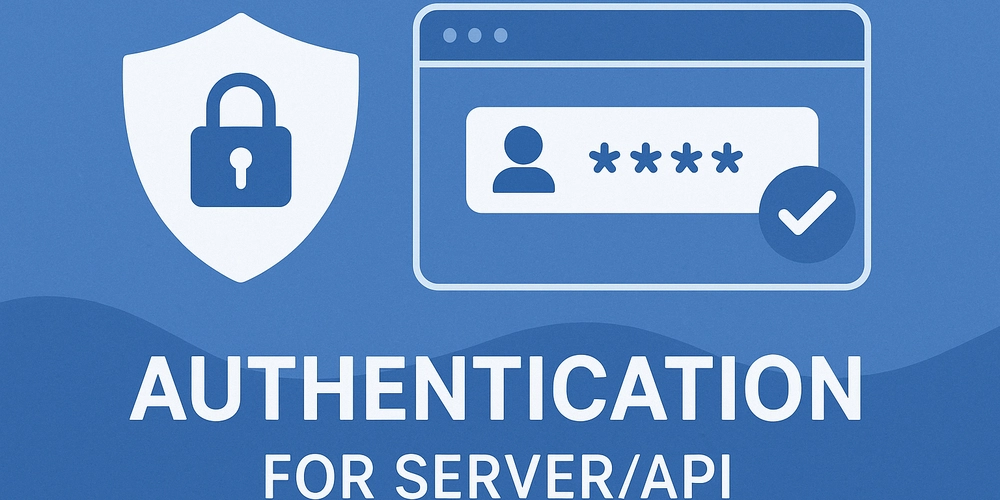The Technology Behind YouTube’s Auto-Captioning System
YouTube’s auto-captioning system has become an essential feature for millions of viewers and creators worldwide. Whether you’re watching a video in a noisy environment, learning a new language, or relying on captions for accessibility, auto-captions make content more inclusive and user-friendly. But have you ever wondered what technology powers this impressive system? Let’s take a closer look at how YouTube’s auto-captioning works behind the scenes. Speech Recognition: The Core Engine At the heart of YouTube’s auto-captioning is advanced speech recognition technology. When a video is uploaded, YouTube’s algorithms analyze the audio track and convert spoken words into written text. This process, known as Automatic Speech Recognition (ASR), relies on deep learning models trained on vast datasets of human speech. These models are designed to recognize a wide range of accents, dialects, and speaking styles, making them robust enough to handle the diversity of YouTube’s global user base. Google, YouTube’s parent company, has invested heavily in speech recognition research. Their Cloud Speech-to-Text API is one of the most advanced in the world, and its technology forms the backbone of YouTube’s captioning system. The API uses neural networks to process audio, identify phonemes (the smallest units of sound), and assemble them into words and sentences. Natural Language Processing (NLP) and Context Speech recognition alone isn’t enough to produce accurate captions. YouTube’s system also leverages Natural Language Processing (NLP) to understand context, grammar, and sentence structure. NLP helps the system distinguish between homophones (words that sound the same but have different meanings), insert proper punctuation, and break text into readable sentences. For example, the phrase “Let’s eat, grandma” versus “Let’s eat grandma” has a very different meaning, and punctuation is crucial. NLP algorithms analyze the context to make these distinctions, improving the readability and accuracy of captions. Machine Learning and Continuous Improvement YouTube’s auto-captioning system is constantly learning and improving. Every time users correct captions or provide feedback, the system uses this data to refine its models. This continuous learning loop helps the technology adapt to new slang, trending topics, and evolving language patterns. Additionally, YouTube’s system supports multiple languages and is regularly updated to include new ones. This multilingual capability is made possible by training models on diverse datasets and leveraging translation technologies like Google Translate. Challenges and Limitations Despite its sophistication, YouTube’s auto-captioning isn’t perfect. Background noise, overlapping speech, heavy accents, and technical jargon can still cause errors. Sometimes, creators need to manually edit captions for accuracy, especially for specialized content. To address these challenges, YouTube allows creators to upload their own caption files or edit auto-generated captions directly. This collaborative approach ensures that captions are as accurate and helpful as possible. The Future of Auto-Captioning As artificial intelligence and machine learning continue to advance, we can expect YouTube’s auto-captioning system to become even more accurate and versatile. Features like real-time captioning, improved support for more languages, and better handling of complex audio environments are on the horizon. For those interested in exploring or extracting YouTube transcripts for their own projects, tools like Transcriptly and Rev.com offer additional functionality, such as downloading, editing, and translating captions. Conclusion YouTube’s auto-captioning system is a remarkable blend of speech recognition, natural language processing, and machine learning. It’s a testament to how far technology has come in making content accessible to everyone. As these technologies evolve, captions will only get better—helping more people connect, learn, and enjoy the vast world of online video.
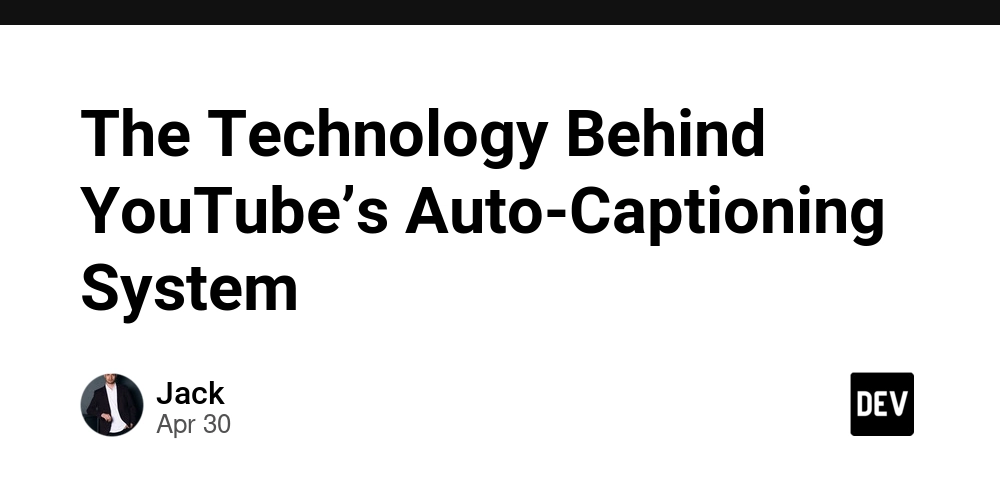
YouTube’s auto-captioning system has become an essential feature for millions of viewers and creators worldwide. Whether you’re watching a video in a noisy environment, learning a new language, or relying on captions for accessibility, auto-captions make content more inclusive and user-friendly. But have you ever wondered what technology powers this impressive system? Let’s take a closer look at how YouTube’s auto-captioning works behind the scenes.
Speech Recognition: The Core Engine
At the heart of YouTube’s auto-captioning is advanced speech recognition technology. When a video is uploaded, YouTube’s algorithms analyze the audio track and convert spoken words into written text. This process, known as Automatic Speech Recognition (ASR), relies on deep learning models trained on vast datasets of human speech. These models are designed to recognize a wide range of accents, dialects, and speaking styles, making them robust enough to handle the diversity of YouTube’s global user base.
Google, YouTube’s parent company, has invested heavily in speech recognition research. Their Cloud Speech-to-Text API is one of the most advanced in the world, and its technology forms the backbone of YouTube’s captioning system. The API uses neural networks to process audio, identify phonemes (the smallest units of sound), and assemble them into words and sentences.
Natural Language Processing (NLP) and Context
Speech recognition alone isn’t enough to produce accurate captions. YouTube’s system also leverages Natural Language Processing (NLP) to understand context, grammar, and sentence structure. NLP helps the system distinguish between homophones (words that sound the same but have different meanings), insert proper punctuation, and break text into readable sentences.
For example, the phrase “Let’s eat, grandma” versus “Let’s eat grandma” has a very different meaning, and punctuation is crucial. NLP algorithms analyze the context to make these distinctions, improving the readability and accuracy of captions.
Machine Learning and Continuous Improvement
YouTube’s auto-captioning system is constantly learning and improving. Every time users correct captions or provide feedback, the system uses this data to refine its models. This continuous learning loop helps the technology adapt to new slang, trending topics, and evolving language patterns.
Additionally, YouTube’s system supports multiple languages and is regularly updated to include new ones. This multilingual capability is made possible by training models on diverse datasets and leveraging translation technologies like Google Translate.
Challenges and Limitations
Despite its sophistication, YouTube’s auto-captioning isn’t perfect. Background noise, overlapping speech, heavy accents, and technical jargon can still cause errors. Sometimes, creators need to manually edit captions for accuracy, especially for specialized content.
To address these challenges, YouTube allows creators to upload their own caption files or edit auto-generated captions directly. This collaborative approach ensures that captions are as accurate and helpful as possible.
The Future of Auto-Captioning
As artificial intelligence and machine learning continue to advance, we can expect YouTube’s auto-captioning system to become even more accurate and versatile. Features like real-time captioning, improved support for more languages, and better handling of complex audio environments are on the horizon.
For those interested in exploring or extracting YouTube transcripts for their own projects, tools like Transcriptly and Rev.com offer additional functionality, such as downloading, editing, and translating captions.
Conclusion
YouTube’s auto-captioning system is a remarkable blend of speech recognition, natural language processing, and machine learning. It’s a testament to how far technology has come in making content accessible to everyone. As these technologies evolve, captions will only get better—helping more people connect, learn, and enjoy the vast world of online video.














